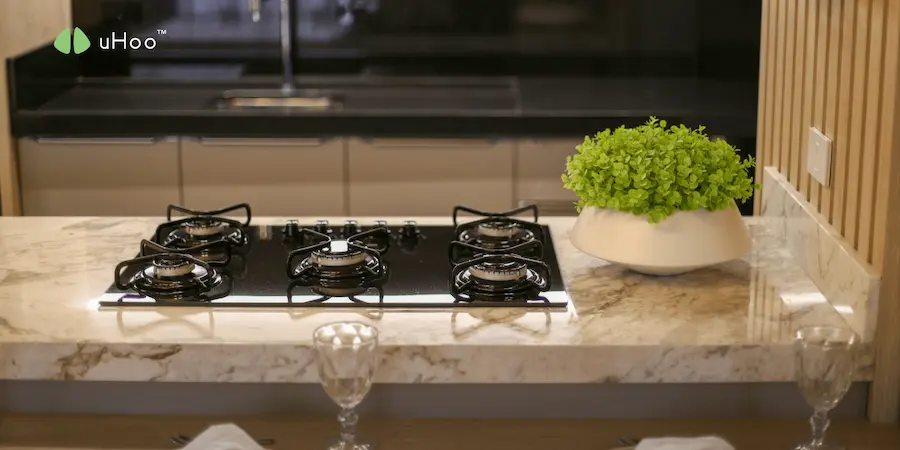For anyone who loves to cook, a range hood is more than just a kitchen appliance. It’s a crucial partner in creating a comfortable and healthy cooking environment. But with so many options, choosing the right “cooktop companion”, i.e., ducted vs. ductless ventilation, can feel overwhelming.
In fact, the most significant decision you’ll make is selecting between ducted vs. ductless ventilation. Each system comes with its own set of advantages and disadvantages, and understanding them is the first step toward making the right choice for your home and lifestyle.
The Case for the Ducted Companion
A ducted range hood is the undisputed heavyweight champion of kitchen ventilation. It operates by drawing air, smoke, grease, and odors from the cooktop and routing them through a system of ducts to an exhaust fan that vents the pollutants outside.
- Pros:
- Superior Air Quality: It’s the only option that truly removes airborne contaminants, including grease, steam, odors, and harmful gases like carbon monoxide and nitrogen dioxide.
- Moisture Control: By removing steam, it helps control indoor humidity, a key factor in preventing mold and mildew growth.
- Odor Elimination: It expels cooking smells completely, preventing them from lingering in your home and permeating fabrics.
- Cons:
- Complex Installation: It requires a dedicated duct system and a hole in an exterior wall, which can be a significant architectural challenge, especially for apartments or homes not designed with this in mind.
- Higher Cost: The initial cost of the unit and professional installation is typically higher than a ductless model.
The Case for the Ductless Companion
A ductless range hood is a recirculating system. It pulls air from the cooktop, passes it through a grease filter and a charcoal filter, and then releases the filtered air back into the kitchen.
- Pros:
- Flexible Installation: It’s a great option for renters or in kitchens where exterior venting isn’t possible, as it doesn’t require any external ducts.
- Lower Cost: The units themselves are often more affordable, and installation is much simpler and cheaper.
- Cons:
- Incomplete Filtration: While it traps grease and some odors, it is unable to remove hazardous gases (CO, NO2) or excess moisture. This means pollutants from gas stoves and steam from boiling water remain in your home.
- Filter Maintenance: The charcoal filters need to be replaced periodically (typically every 3-6 months), adding a recurring cost and maintenance task.
When choosing between ducted vs. ductless ventilation, consider your cooking habits. If you use a gas stove, deep-fry, or cook with strong-smelling spices frequently, a ducted hood is an investment in your family’s health. If you are a light cook, live in an apartment where external venting is not an option, or your budget is a primary concern, a ductless hood may be a practical, albeit compromised, solution.
Ultimately, choosing between ducted vs. ductless ventilation will depend on your unique situation. But no matter which system you choose, a range hood is just one part of the puzzle. Understanding the real-time health of your home’s air is the next logical step.
A smart air quality monitor, such as uHoo, can provide the objective data you need to confirm that your choice is truly effective. By measuring things like particulate matter, carbon monoxide, and humidity, a device like uHoo gives you a clear and continuous view of your indoor environment, helping you manage your kitchen’s air quality and ensure your family is always breathing easy.



